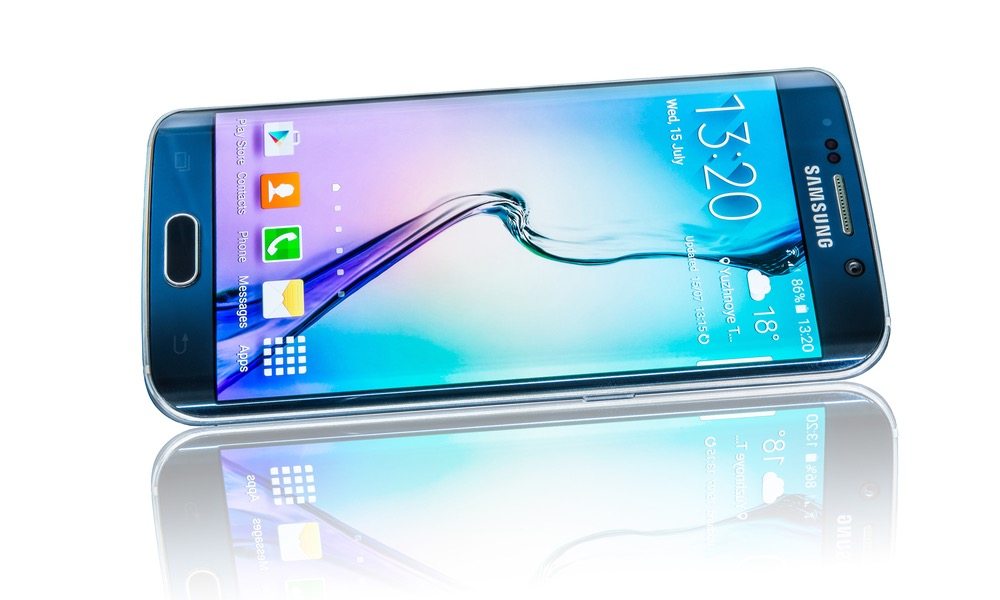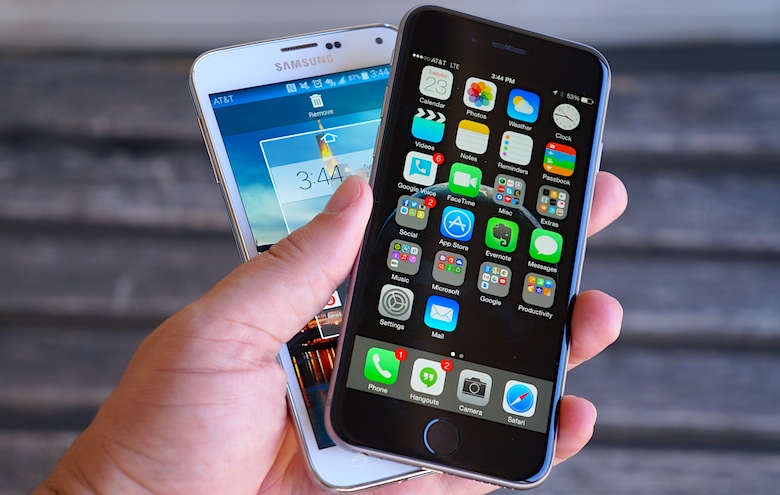3 Major Ways Apple’s iPhone 6s Still Reigns Supreme over Samsung’s Galaxy S7

Toggle Dark Mode
As it stands today, Apple’s iPhone 6s and Samsung’s Galaxy S7 are indisputably the global smartphone front-runners — insofar as their quality and desirability is pertinent, at least.
They are Cupertino, California’s, and Seoul, South Korea’s flagship devices, and each clearly has its own advantages and disadvantages over the other — when you boil down the facts and pit them side-by-side. And so, with that ideology in mind, we’ve gone ahead and created a short list of three ways in which the current iPhone beats the current Galaxy S line.
Keep in mind as you go through this list, however, that there are always two tales to be told in these side-by-side comparison situations. And while we’re not necessarily out to confirm or deny that one handset is superior to the other — as both have their respective pros and cons — we can say, with reasonable assurance, that there are a number of ways in which Apple’s iPhone blows Samsung’s Galaxy S out of the water.
1. iPhone’s Touch ID and Apple Pay
While both the iPhone 6s Plus and the Galaxy S7 feature their own fingerprint readers, there’s no question that the iPhone’s Touch ID mechanism — the byproduct of Cupertino’s July, 2012 acquisition of AuthenTec, is far superior to that employed by the Galaxy S, particularly in terms of speed, accuracy, consistency, and integration within the iOS ecosystem.
Similarly, both devices feature their own NFC-enabled mobile payments platforms. Apple has its highly acclaimed and widely embraced Apple Pay mobile wallet, and Samsung has a similar, though significantly watered down solution, known to Galaxy owners as Samsung Pay.
Yes, for the record, they both function exactly the same — though they boast much different user interfaces, of course. But Apple Pay is far, far more widely accepted by banks and credit unions and financial institutions — not to mention retail stores and membership-based rewards programs — spanning various markets around the world.
And Apple Pay only continues to gain traction, as it grows in popularity. For example, Apple Pay penetrated and amassed 15 major banks in the Chinese market just over a week ago.
2. Immediate iOS Software Updates, Directly From the Source
Perhaps one of the greatest user complaints about Android devices is their software fragmentation. What this means, in essence, is when a new version of Android is released (for example, version 5.0 Lollipop), certain devices receive the OTA update at different times.
Under normal circumstances, most current devices are eligible for the update; however, the likelihood of devices receiving the update is dependent on each individual manufacturer to release — and the release is often plagued by features such a manufacturer’s user interface, for example, TouchWiz UI on the Galaxy S7. This can ultimately lead to untimely updates and fragmentation, as the result of only a select few models getting the update, while others are left in the lurch.
On the other hand, all of Apple’s iDevices — including the iPhone, iPad, and iPod Touch, have access to the latest firmware almost instantly after it becomes available to download. iOS 9.2.x was just released 2 hours ago? Not a problem! Just check for available software updates under Settings > General > Software Update to initiate the download.
The only exception to the rule is when Apple determines certain legacy devices — like the original iPhone, iPad, or iPod Touch, to be ineligible for the newest firmware due to hardware limitations.
3. iPhone’s Seamless Integration with the OS X Ecosystem
Looking to easily transfer files from your iPad to your MacBook? Not a problem, if you’re an iPhone owner, thanks to Apple’s innovative AirDrop feature — which seamlessly integrates the iOS and OS X ecosystems, rendering that transfer nearly effortless. But such is not necessarily the case when it comes to Android, unfortunately.
Google is the Android software developer, and the majority of Android users — because it is an open source platform — tend to use Windows PCs, requiring additional software applications and/or hardware workarounds to transfer files and data.
Personally, I use Apple’s Pages application to compose documents on my Mac and iPad Pro, too, which can then be sent via AirDrop from one device to the other — allowing me to create my own working environment, where and when I want it, while enabling ease of access to my work in the exact form it was last saved.
The are a number of additional features that iOS and OS X have in common — such as AirPrint, screen sharing, and media applications like iTunes — that create an overall seamless integration between the two ecosystems. No wonder why most iPhone users are Mac fanatics, and vice versa, right?
Learn More: Research Shows Majority of Mobile Device Failures Occur on Samsung’s Android Devices









